Vaping vs Smoking – Which Way of Consuming Cannabis Is Better?
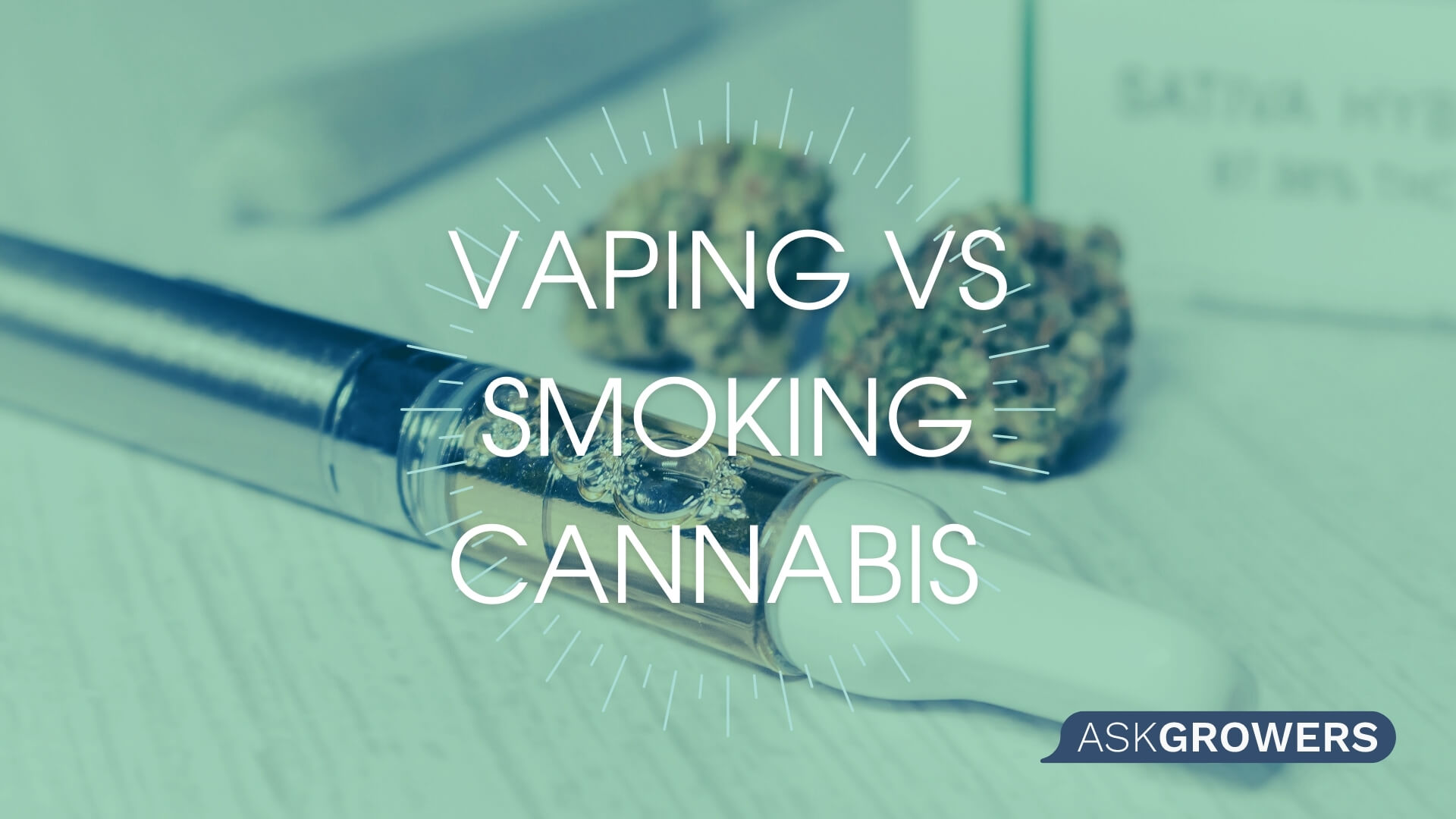
The question of cannabis legalization is exceptionally topical right now. Our team won’t take each of the argument’s sides. Instead, we will shed light on the current situation regarding cannabis consumption. It is no surprise that cannabis is becoming more popular, either for medical use or recreational purposes. Thanks to the powerful info-related campaigns, people restrain from associating marijuana with a severe drug. And since consumption is becoming more common and widespread, people have become interested in how they should consume.
For quite some time, smoking and vaping seemed to be the most popular ones. While smoking is deemed to be an old-school method, vaping enthusiasts are growing in numbers. But how is vaping different from smoking, and what method is the most appropriate for you? Let’s find out and provide some valid studies that prove the things scientifically, as follows.
Vaping vs Smoking Weed
So, it’s time to take this question seriously. With the solid popularity of smoking devices and part of the culture built around it, you might wonder why switching to vaping is so popular. The differences between the two are many, with proponents of vaping referring to non-existent dangers for one’s lungs. Let’s take a closer look between the two and find out how both methods work and how they impact your body and mind.
Smoking
As a whole, smoke is harmful to your lung health, regardless of the device you choose. As specified by the American Lung Association, the combustion of marijuana has shown to contain countless toxins and irritants, all being similar to cigarettes. But if you’ve tried smoking marijuana before, you already know that the way it’s done is different from cigs.
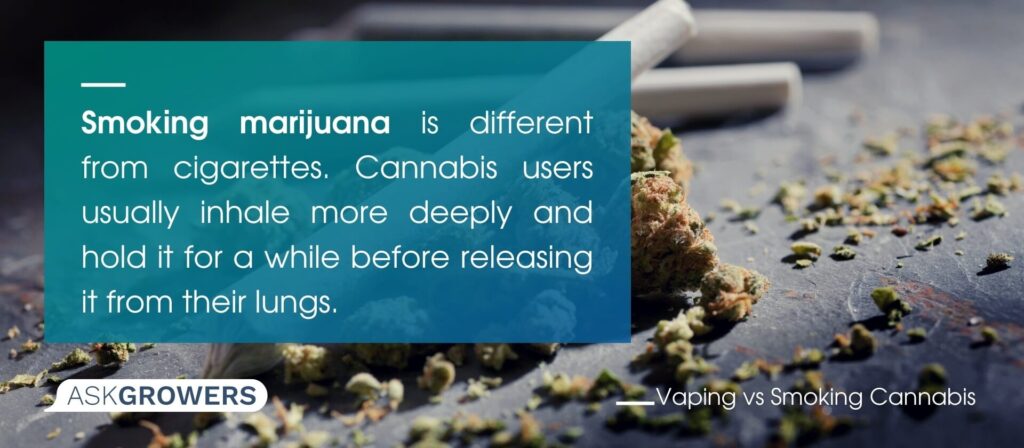
How? Marijuana users tend to inhale more deeply and keep it for some time before releasing it from the lungs. Not only it leads to more exposure to the mentioned toxins, but it is also adverse for your overall well-being. Since smoking marijuana damages your lungs, it can cause chronic bronchitis and form air bubbles in your lungs.
While the negatives of combusting green flowers are obvious, let us still remind you that frequent users tend to attend doctors more often. Compared to cigarettes, the casual smoking of cannabis is deemed to be less harmful to your overall well-being. But is vape any different, and does it help to reduce all those negatives? Read on.
Read Also: 11 Simple Rules to Enjoy Smoking Weed for Beginners
Is Vaping Safe?
A few years ago, vaping was an emerging trend, slowly moving to the market of cannabis. But is it any different from smoking when it comes to caring for your health? A note aside from the general influences, the research has proved that vaping tends to make you more high compared to smoking, especially among relative newbies. The same study also demonstrates that one participant using a vaping device experienced hallucinations, which are rare among marijuana users.
The way THC is heated makes you higher, but the usual concentrations of this compound in vaping liquids are much higher. Compared to traditional 20% THC smoking cannabis, some liquids peak at 60% or 80%. That naturally means more experienced users should experiment with different THC contents. But let’s dive even deeper and find out how vaping impacts your lungs.
Effect on Lungs
Alright, let’s start with a statement that vaping is not that safe as its users portray it to be. In 2020, the United States media was full of news about deaths related to consuming THC with e-cigarettes. Researchers even coined a term for such a condition, which is EVALI. Some of its symptoms included shortness of breath, cough, chest pain, fever, and tachycardia.
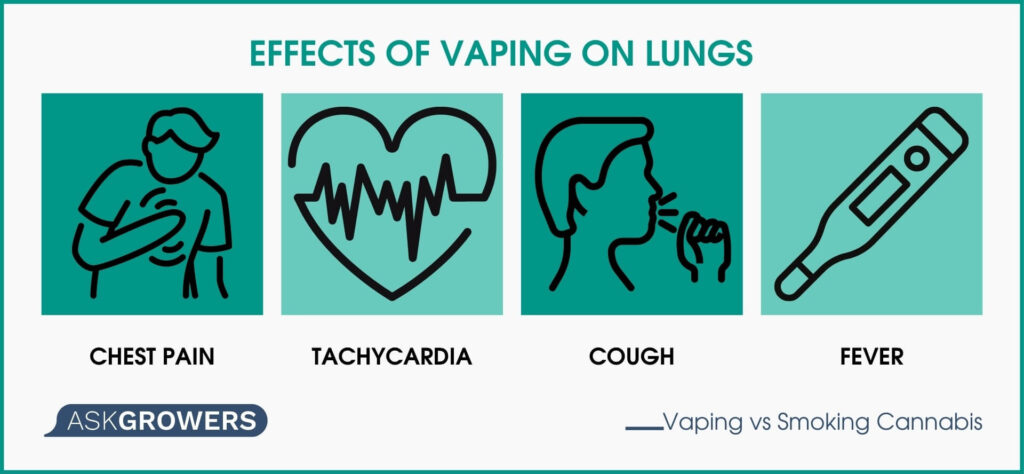
Most reported users were using e-cigarettes and liquids to consume THC, invoking a debate regarding vaping. The subsequent studies on EVALI and THC vaping also discovered that vaping could be harmful to your blood vessels and lungs. Since the fluid can fill your lungs, the long-term effects of vaping are yet to be discovered.
Propylene Glycol Debate
Another argument against vaping that critics often voice is a concern regarding propylene glycol. Some people even say that it is straightforwardly harmful to your lungs. While this compound is found in foods, cosmetics, and other day-to-day items, the question of its oral exposure was topical. But as stated by researchers, actual toxicological data on propylene glycol hasn’t been discovered among vapers. Although the information is limited, propylene glycol needs to be researched in the long run to talk about its adverse effects.
But even though numerous researchers found no direct links, vaping propylene glycol can lead to lung inflammation. What’s more, most people who experienced lung issues while vaping were also using THC compounds or subsequent liquids. Such data makes it troublesome to voice definitive conclusions, but vaping might be trickier than you imagined earlier.
Secondhand Exposure
One thing that both vaping and smoking of cannabis share in common is the present danger of secondhand exposure. With smoking, it has been proven consistently that secondhand exposure affects blood vessel function. Such news raise concerns about marijuana use near vulnerable populations.
The situation with vaping is no so different, with the secondhand exposure being still present, but different depending on the puff strength and the temperature of the heating coil. While vaping, as for now, seems to have fewer adverse secondhand exposure effects, don’t forget that it should be researched more profoundly in the long run.
Vaping vs Smoking Cost
Let’s omit all the numbers since they vary from one strain to another and show differences among states. But what method of using cannabis is more cost-efficient? In reality, it all depends on your decision-making and proficiency level. While the gram of cannabis for smoking might not be high, the THC liquids can be up to five times more expensive.
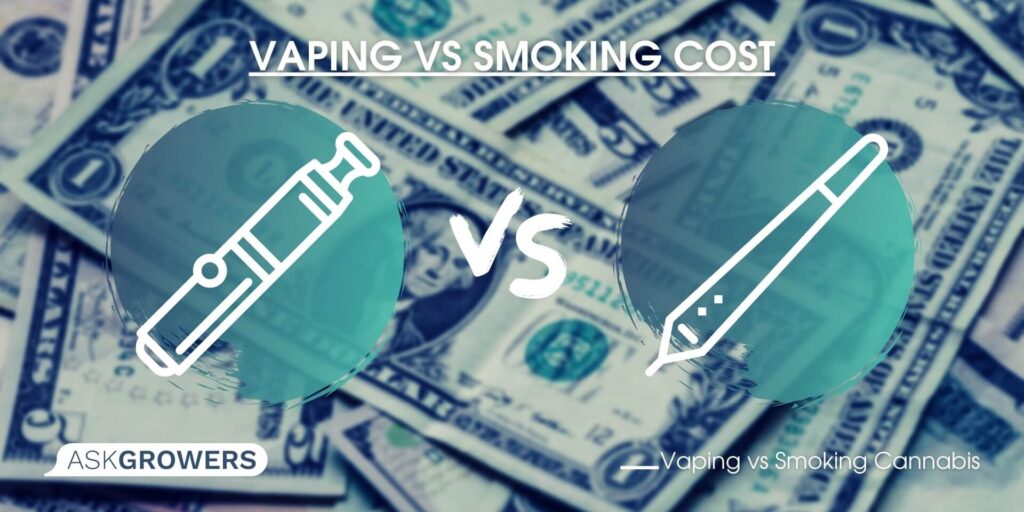
Yet, you can easily manage that liquid if you have some experience, and it is more cost-efficient in the long run. But don’t forget that vaping involves buying a separate device. Although you can find inexpensive vapes, the reliable ones can reach a few hundred dollars at ease. That’s why the cost depends on how much you’re willing to spend and how often you use cannabis as a whole.
Vaporizer High vs Smoke High
If you’re a picky cannabis consumer, you might be interested in how vaping and smoking are different regarding getting high. The differences exist, and they might shape your final choice. You see, even the researchers are sure that vaping makes you feel more high than smoking. A more intense euphoric feeling is usually achieved by using a higher THC concentrate.
Because of distinctions in THC liquid concentrates, consult with a specialist before making a purchase. For old-school smoking fans, it’s easier to estimate and track the THC amount used. That’s why a potent tendency of vaping to kick in faster and make you “higher” is something you should consider in the first place.
But speaking of the highness as a whole, no major differences are found. Both vapers and smokers experience slight dizziness, dry eyes, and increased appetite. Depending on the dose, strain (or a liquid), users might also experience paranoia. But overall, the effects of kicking in highly vary depending on the concentrate or strain chosen.
Takeaways
You see, both smoking and vaping are superb ways of consuming THC and CBD products. Yet both of them fail to be “100% safe, clean, and healthy.” Smoking, while combusting, harms your lungs and the immunity system. In turn, vaping THC has even caused a new name for a disease to appear: EVALI.
Vaping as a whole should be tracked more profoundly since the available information is not sufficient to provide credible findings. What’s more, the effects of propylene glycol remain uncertain and require more analysis in the long run. Although we mostly covered anything you need to know about the differences between vaping and smoking, don’t forget to first consult with your health provider.
Sources
https://www.lung.org/quit-smoking/smoking-facts/health-effects/marijuana-and-lung-health
https://www.yalemedicine.org/conditions/evali
https://www.ncbi.nlm.nih.gov/books/NBK507184/
https://www.sciencedirect.com/science/article/pii/S2590162120300332

 Guides
Guides

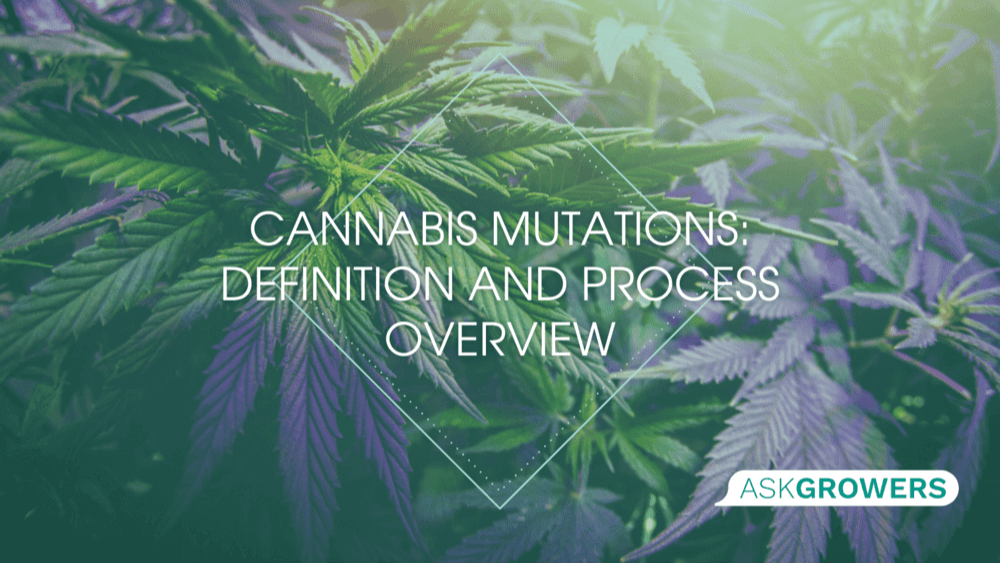
.png)
.png)
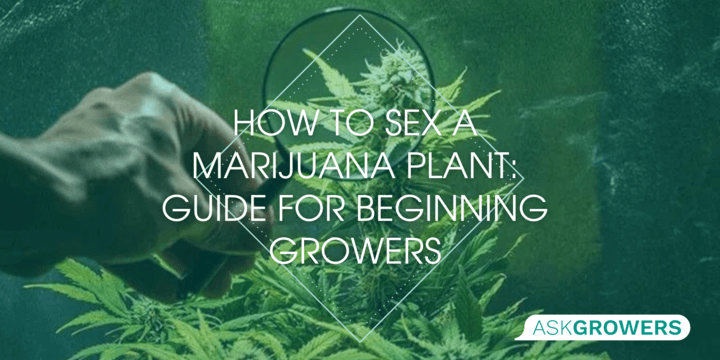
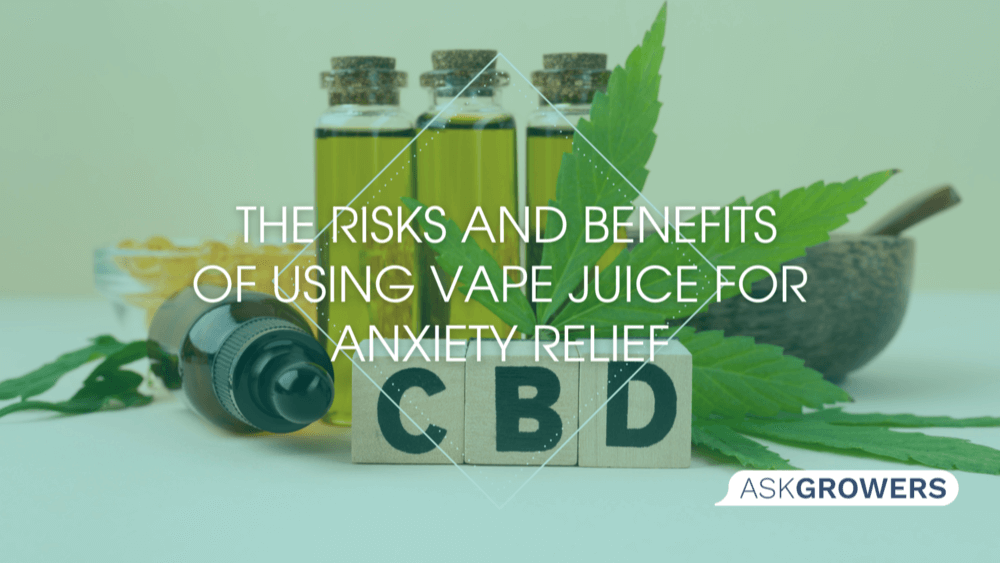

 (1).png)
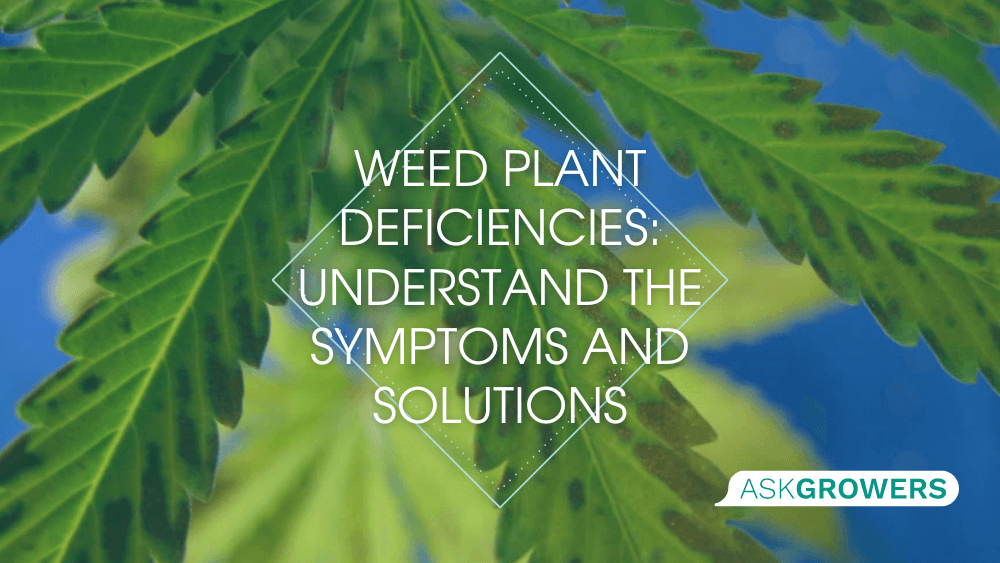
.jpg)

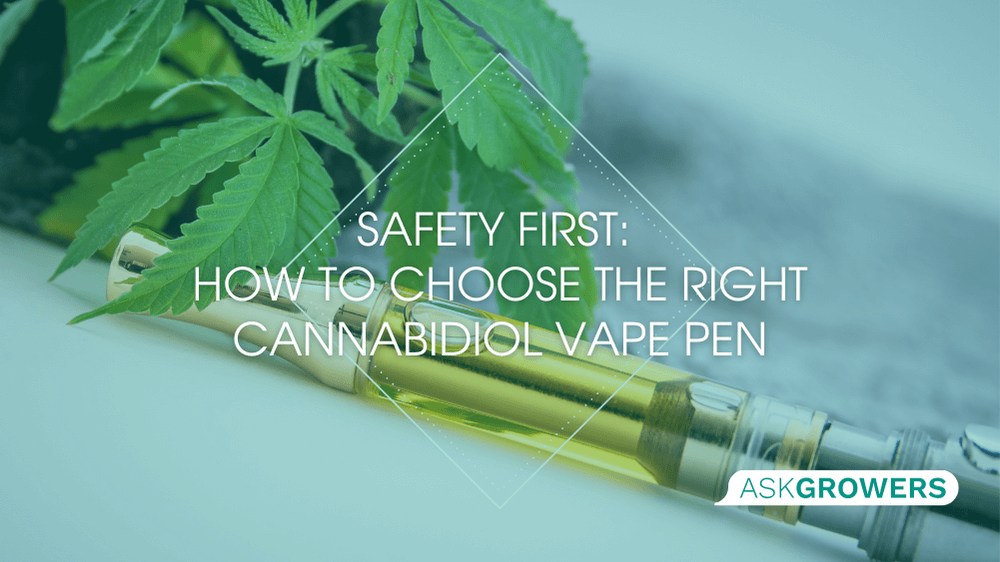
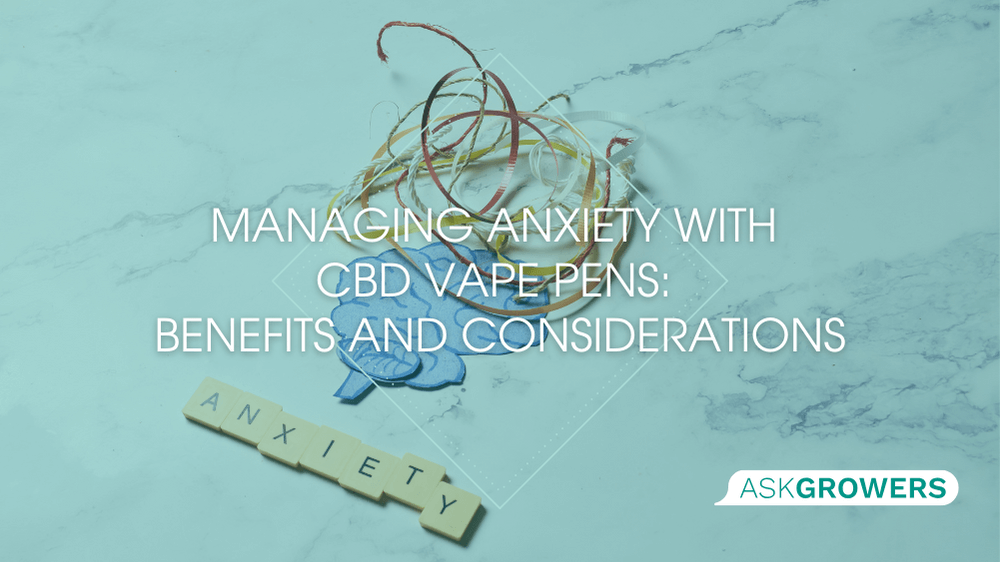
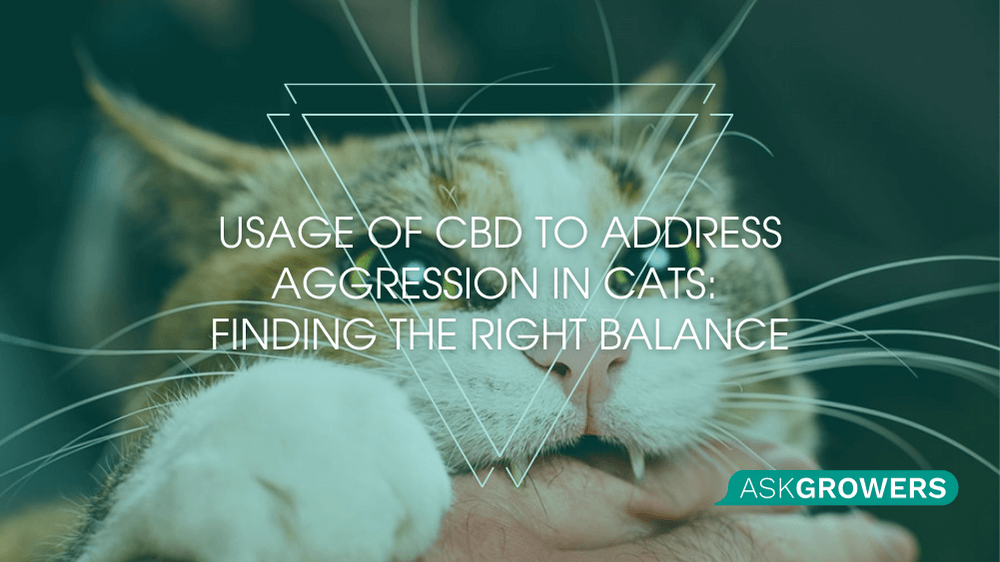
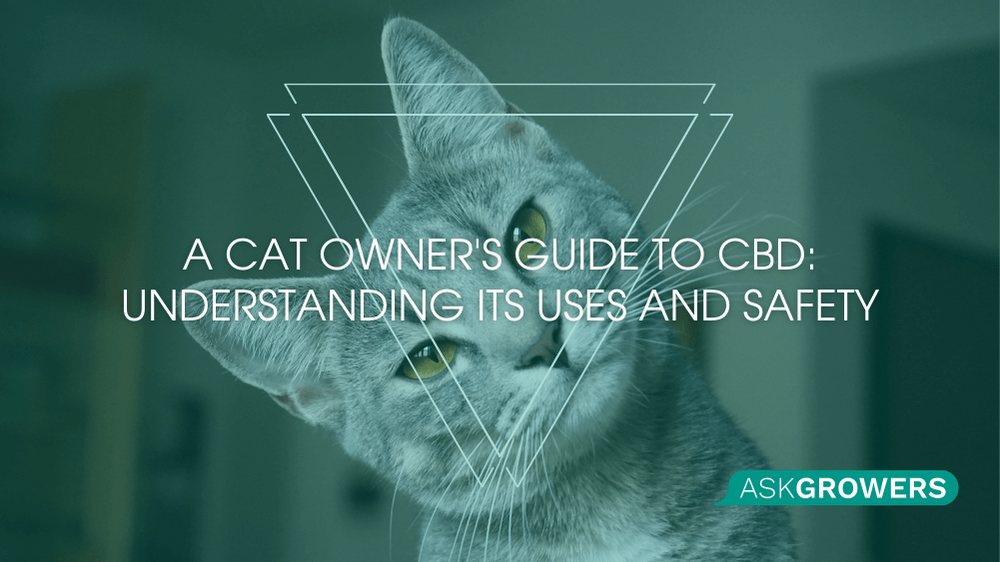
Be the first and share your opinion
Write a Review